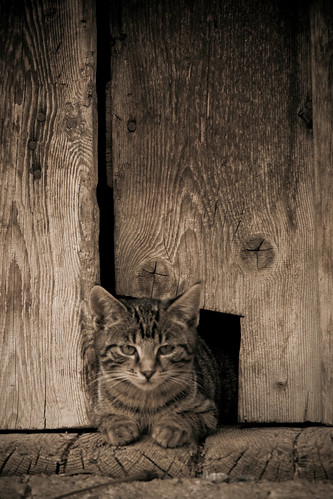We’re happy to announce that Flickr now supports OAuth! This is an open standard for authentication, which is now fully supported by the Flickr API. You can get started by going to our OAuth documentation. As part of this announcement, we would also like to note that the old Flickr authentication is now deprecated, and is expected to be disabled early 2012.
OAuth is very similar to the old Flickr auth in a lot of ways. You start by getting a request token (frob in the old flow), redirecting the user to the authentication page, and then getting a token which can be used to make authenticated requests. With proper OAuth support, though, you will be able to use one of the many libraries available in a variety of languages to get started.
In addition to this, we have streamlined the authentication process across desktop, mobile and web, and have simplified the user experience by removing the anti-phishing step for the Desktop flow, which is no longer necessary.
Currently, we only support OAuth 1.0a, but we have plans to eventually support OAuth 2.0. The decision was based on the fact that OAuth 2.0 is still an evolving definition that is rapidly changing.
We wanted to make the transition to OAuth seamless to the user, so we created a method to exchange an old token, with an OAuth token. The application has to simply make an authenticated request to flickr.auth.oauth.getAccessToken, which returns an OAuth auth token and signature for that user which are tied to your application. The exchange is meant to be final, so the old authentication token is scheduled to expire 24 hours after this API method is called.
Now, it’s your turn! Go read our OAuth documentation if you already have an application, or visit our developer guide for more information on how to get started. If you experience any problems, or have any questions or suggestions regarding our OAuth implementation, please post to our developer mailing list.

